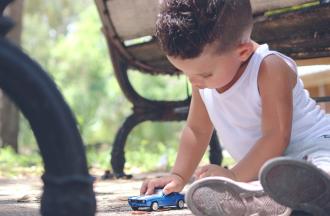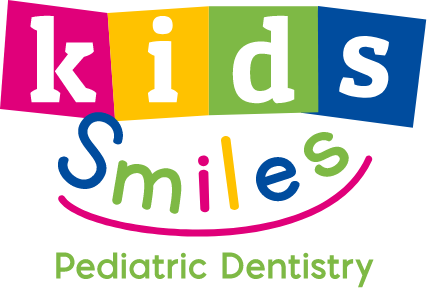Your child will grow & develop to have 20 temporary, primary(aka “baby”) teeth – 10 on the top and 10 on the bottom; and then they are all replaced by 32 permanent(secondary) adult teeth. That is a total of 52 teeth in the human dentition! 52 weeks in a year! 52 cards in a deck! You will now, never forget! (????)
The primary teeth are very important as they hold the space for the adult teeth. We attempt to keep them intact until they are naturally ready to come out. Most children begin to lose their baby teeth at six years old, and this process continues into their early teens.
The reasons why a baby tooth might need to be removed include accidents, major decay, or situations in which they actually block adult teeth from coming in properly. Teens sometimes need their wisdom teeth removed due to crowding or bad positioning.?
Infection or Trauma
If there is an infection in or around the baby tooth, it may be best for it to be removed. This is done to save additional teeth and the health of the child. A large cavity that causes inflammation and pain is another reason to perform an
extraction. In the case of trauma where milk(“baby”) teeth become cracked or broken beyond repair, they should be removed. When adult teeth are not yet ready to erupt in the space of the missing tooth, a
space maintainer should be used by your dentist(prefably Pediatric Dentist or Orthodontist in order to allow the adult teeth to naturally come in to their predetermined position.
Guidance or Eruption
Sometimes baby teeth are removed to change the eruption pattern for the permanent teeth. If there are problems with the angulation of the permanent teeth that are preparing to erupt, sometimes removal of some baby teeth can prevent further damage or problems. If the baby tooth has not fallen out by the time an adult tooth is coming in, it may need to be removed by a pediatric dentist as well.
Dr. Frank Sierra expands on the actual extraction procedure in an
earlier blog, in terms of “does it hurt?” and working with apprehensive children. We use a “tell, show, do” technique where we explain the steps in child-friendly terms, then “show” what we will do next using a finger or the instrument. Once we are at the “do” stage, we are working with a child that is more comfortable and ready for the experience.


